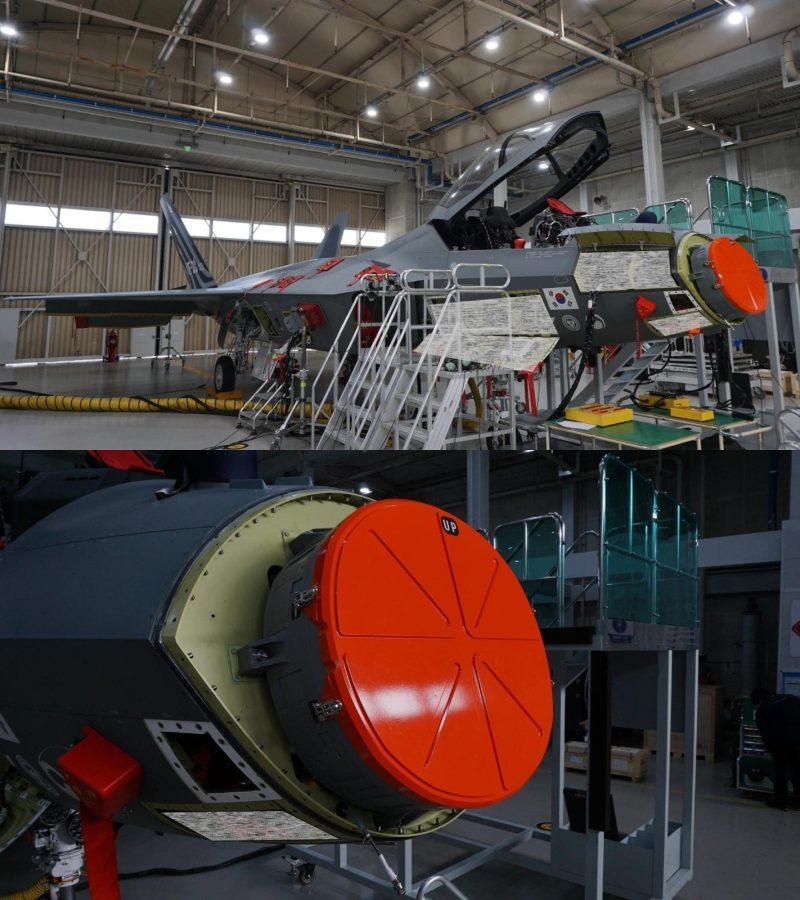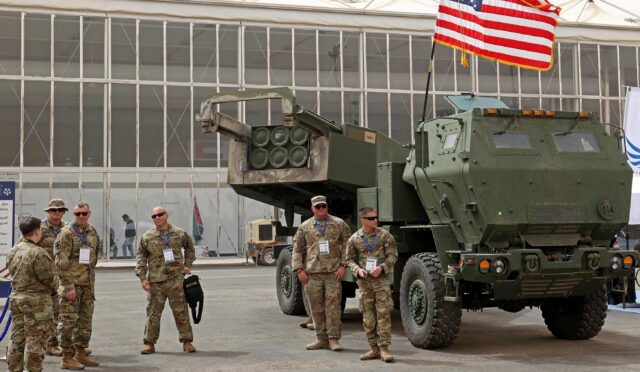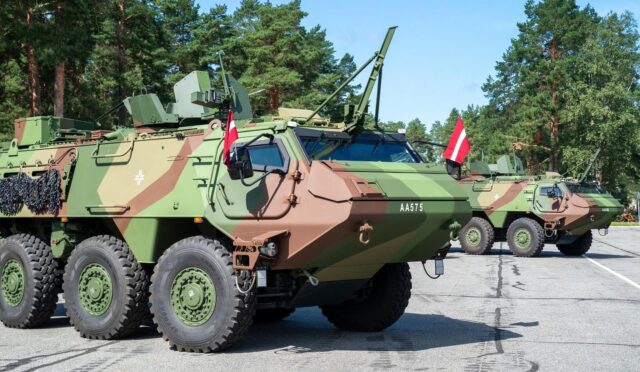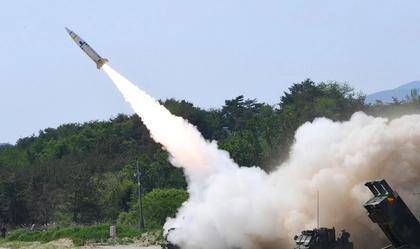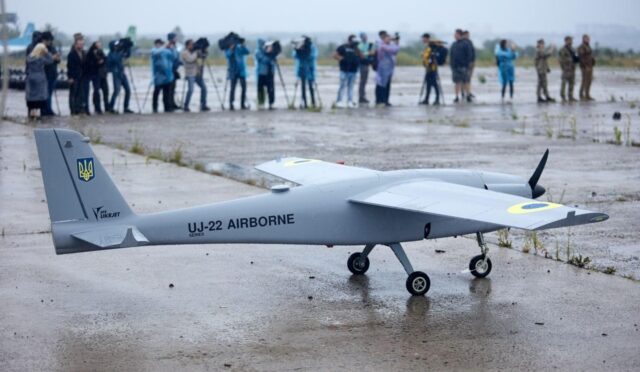KF-21 Boramae AESA Radar: A Leap for South Korea’s Air Force
Hanwha Systems has made a significant advancement in aerial combat technology by unveiling the first active electronically scanned array (AESA) radar designed specifically for the South Korean Air Force’s KF-21 Boramae fighter jet. This groundbreaking development comes as part of a contract that entails the delivery of 40 AESA radars by 2028, all set to be integrated into the evolving KF-21 fleet. This contract ties in with the ongoing efforts of Korea Aerospace Industries to bolster domestic defense capabilities.
The new radar will be produced at Hanwha Systems’ state-of-the-art Yongin facility, which is expected to begin operations in 2024. This facility includes a Near Field Test Chamber that can simultaneously test radar systems for four airborne platforms, allowing for rigorous evaluation of essential performance metrics for AESA antenna arrays.
A Unique Manufacturing Position in Korea
In a statement regarding this advancement, Park Hyuk, the Head of Hanwha Systems’ Defense Electronics Division, emphasized the company’s unique position in the market. “Hanwha Systems is the only manufacturer in Korea capable of successfully developing and producing AESA radar systems for serial production and export,” he confirmed. This assertion underscores the company’s leadership in defense electronics and highlights its commitment to enhancing Korean air defense capabilities.
Hyuk further noted that Hanwha Systems is broadening its international footprint with radar solutions that are versatile enough to be deployed across various platforms, including light combat aircraft and unmanned aerial vehicles. This adaptability positions the company as a key player in the global defense technology market.
Understanding AESA Radar Technology
AESA radars, often described as the “eyes” of an aircraft, utilize around 1,000 modules to transmit and receive signals effectively. This technology distinguishes itself from traditional mechanical radars by employing electronic scanning to adjust the radar’s direction without the need for moving parts. Such a system allows for rapid scanning of extensive areas while simultaneously tracking multiple airborne, terrestrial, and maritime targets.
The advantages of AESA radars are significant, including expedited target detection, enhanced coverage, and improved operational survivability during missions. This capability is crucial for modern air combat, where situational awareness and quick response times can be the difference between mission success and failure.
Progress of the KF-21 Program
In recent developments, South Korea has reported the successful completion of crucial test flights for the sixth KF-21 Boramae prototype as of July. These tests focused on assessing combat readiness and evaluating flight control systems, marking a pivotal step in the program’s maturity. To date, the KF-21 program has conducted over 1,300 sorties, accounting for approximately 70% of the planned flight tests during the Block 1 prototype phase.
The South Korean government has ambitious plans to incorporate a total of 120 KF-21 aircraft into its air force by the early 2030s. The first delivery of 20 aircraft is scheduled between 2026 and 2027. The introduction of these domestically produced jets is poised to replace older U.S.-made F-4 and F-5 aircraft, significantly augmenting the nation’s air power and reducing its reliance on foreign military platforms.
